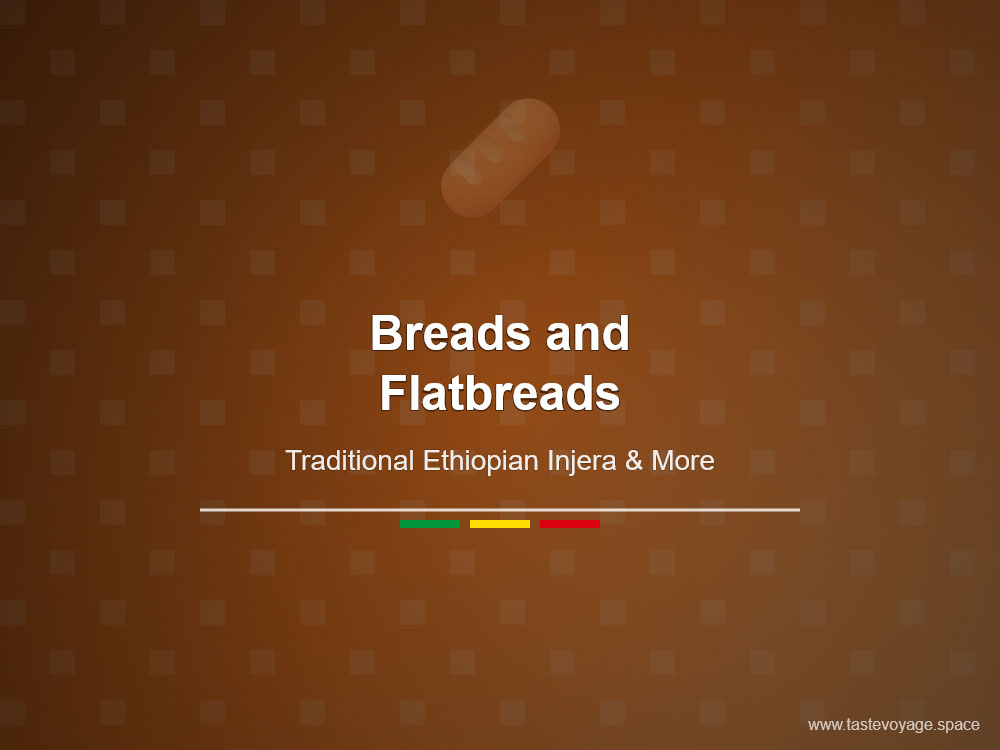How to Make Authentic Ethiopian Injera with Electric Mitad
Travel the World Through Food >> Breads and Flatbreads>>Ethiopian Cuisine>> How to Make Authentic Ethiopian Injera with Electric Mitad
How to Make Authentic Ethiopian Injera with Electric Mitad
Discovering Ethiopian Injera: A Cultural and Culinary Treasure
Ethiopian Injera is more than just a flatbread — it is a symbol of community, tradition, and culinary artistry. This iconic dish holds a special place in Ethiopian Cuisine, representing the heart of shared meals and hospitality. When prepared with care, Injera transforms from simple bread into a vibrant cultural experience, connecting people through flavor, history, and social bonds.
The Cultural Significance of Injera
Injera serves as the centerpiece of many Ethiopian gatherings, often used as a communal platter that unites family and friends. Its unique texture and tangy flavor reflect centuries of tradition, showcasing the ingenuity of Ethiopian culinary methods. Serving Injera is a gesture of warmth and inclusion, embodying the spirit of togetherness that defines Ethiopian hospitality. Its porous surface acts as a natural vessel for flavorful Stews and vegetables, making it an essential element in daily life and special celebrations alike.
The Culinary Art of Making Injera
The process of preparing Injera is an art that requires patience, skill, and a deep understanding of fermentation. Traditionally, it involves fermenting teff flour, a gluten-free grain native to Ethiopia, resulting in a slightly sour taste and spongy texture. Modern advancements, such as using an electric mitad (a specialized cooking device), have made this process more accessible and consistent, allowing home cooks and chefs alike to bring authentic flavors to their kitchens with ease. The electric mitad provides even heat distribution and precise temperature control, ensuring a perfectly cooked Injera every time.
Ingredients and Regional Variations
While teff flour is the most traditional base, variations of Injera also incorporate other grains like barley, millet, or wheat to adapt to regional preferences and available ingredients. These subtle differences add to the rich diversity of Ethiopian cuisine, each bringing unique textures and flavors to the table. Despite these variations, the core characteristics — a soft, spongy surface with a tangy, slightly sour taste — remain constant and iconic.
The Culinary Significance in Ethiopian Cuisine
Injera is more than a dish; it is a culinary canvas that brings together various flavors and ingredients. It serves as a utensil, a plate, and a symbol of unity. The act of sharing Injera and its accompanying stews, known locally as wat, exemplifies the Ethiopian values of community and generosity. Its versatility allows it to complement a variety of dishes, from spicy lentils to vegetable stews, making it a nutritional and flavorful cornerstone of Ethiopian diets.
Embracing Ethiopian Heritage Through Injera
Today, more people around the world are discovering the beauty of Injera. Whether enjoyed in authentic Ethiopian restaurants or made at home with modern appliances like the electric mitad, this dish continues to inspire curiosity and appreciation. Embracing Injera allows us to explore Ethiopian culinary traditions, celebrate its rich history, and connect with a vibrant cultural heritage rooted in sharing and community.
Injera embodies the essence of Ethiopian culinary artistry. Its cultural significance, unique flavor profile, and role as a unifying symbol make it a truly remarkable dish. Whether prepared traditionally or with innovative tools like the electric mitad, Injera invites everyone to experience the warmth and richness of Ethiopian food culture.
